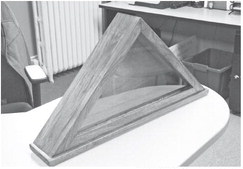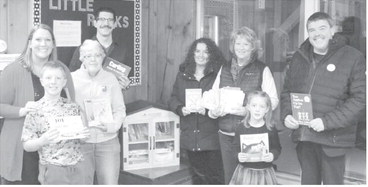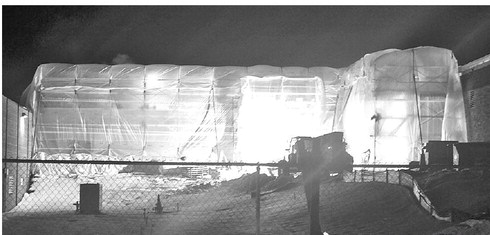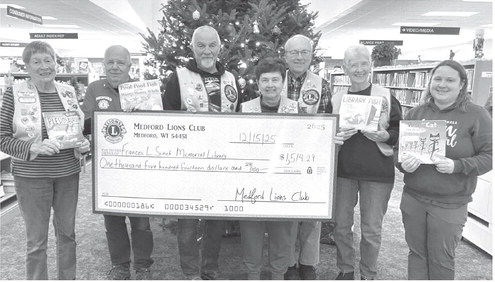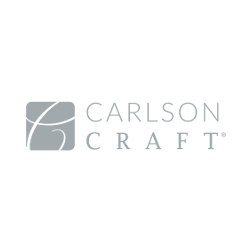Consumers warned to avoid being duped with flood-damaged cars
Flooding issues can lure in scam artists trying to pass off water-damaged vehicles as ordinary used cars.
These vehicles typically show up at auto auctions, used car dealerships, and classified ads...
